Even the smallest action can create powerful change, starting with the plants we choose to grow. To an animal or bird, a single shrub or grass can be a winter home, nesting cover, or a source of food. Native habitat is disappearing and more and more homeowners are looking for ways to support wildlife to shore up our ecosystem.
A new landscape
For much of human history, we’ve viewed nature as inherently separate from us. If it wasn’t useful to us, it had better move. Now, losing species at an unprecedented rate due to the destruction of habitat, we are seeking ways to bring nature and wildlife back into our landscapes for our mutual benefit.
“As humans, we have to change the way we are thinking about wildlife,” said Nicholas Staddon, plantsman and spokesperson for Everde Growers. “If we want it, it’s up to us.”
At this writing, over 1400 animal (vertebrate and invertebrate) species are endangered, according to U.S. Fish and Wildlife Service. And the National Wildlife Federation said that approximately one-third of America’s wildlife species face extinction.
“Gardening for wildlife, with native plants at its core, is essential right now because natural habitats are disappearing at an alarming rate, causing cascading impacts on the environment,” said Mary Phillips, Head of Native Plant Habitat Strategy/Certifications for the National Wildlife Federation (NWF). “When numerous individuals establish wildlife gardens, they form a network of small habitats that substantially boost wildlife resources.”
Wildlife is moving wherever it can to find resources, colonizing city parks, skyscrapers, and suburbs. In Seattle, it’s not uncommon to see a coyote or raccoon lope down the sidewalk, while hawks nest in bridges and apartment buildings. Thanks to a now-famous mountain lion called “P-22,” Los Angeles’ Highway 101 is being refurbished with plantings as “the world’s largest wildlife crossing” to connect fragmented habitats.
There is hope in the housing sector, too. Since 2019, The NWF has partnered with Taylor Morrison, one of the country’s largest homebuilders creating more than 7,622 acres of Certified Wildlife Habitat® and 110 Natural Certified Open Spaces™ in its housing communities, said Phillips.
“NWF experts ensure each site features native plants, conserves water, and uses no chemical fertilizers or pesticides. In addition, certifications will require habitat management plans and commitments to both public education and ongoing stewardship of the landscape.”
Gardeners are learning about the value and beauty native plants can offer, and the ways to nourish and protect wildlife in our outdoor spaces. Oregon’s Backyard Habitats program (BackyardHabitats.org), for example, has 12,000 members. Unlike many self-reporting programs nationwide, this program certifies up to three levels, sends people to verify your claims, and asks you to remove invasive species, add native plants, reduce pesticide use, support stormwater management and wildlife.
Thanks to the Columbia and the Willamette rivers, the website said, “The Portland-Vancouver region sits at an incredible ecological crossroads.” In fact, it’s part of the Pacific Flyway for bird migration. Not only does the region host 209 of Oregon’s 500 bird species, but it’s also critical habitat for amphibians, fish and other wildlife.
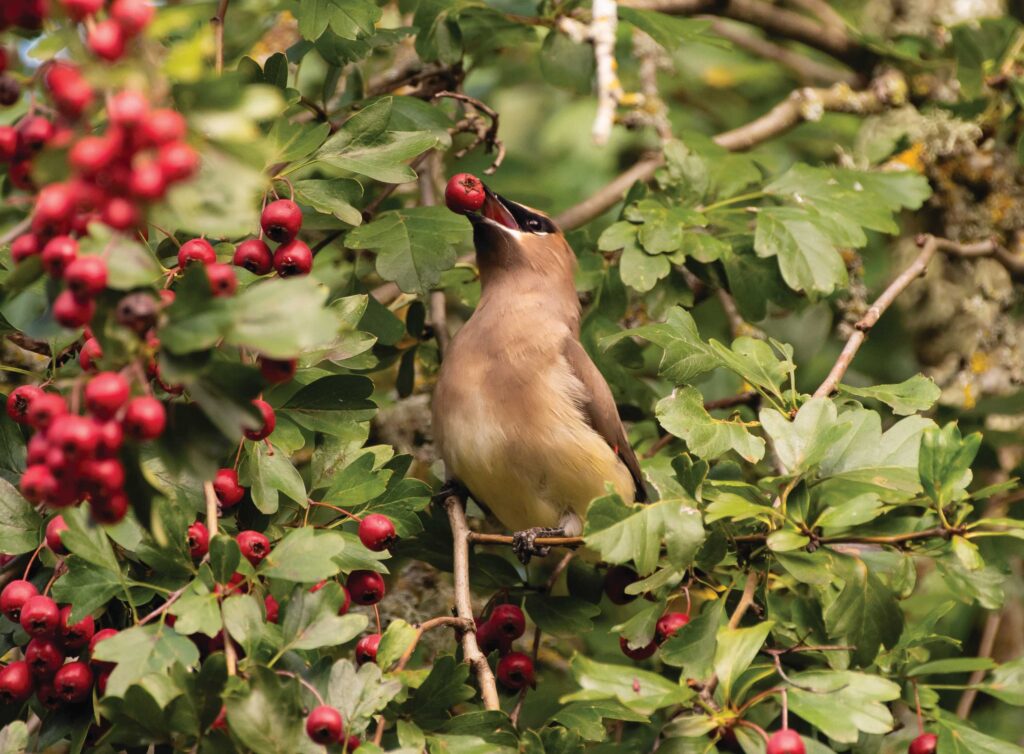
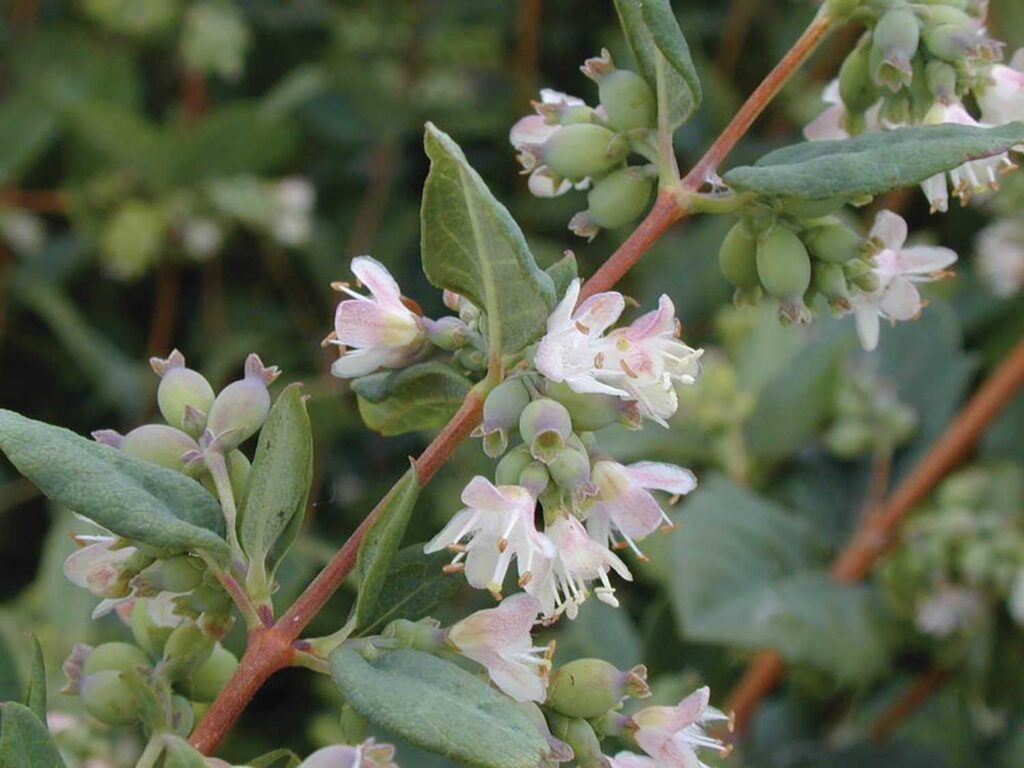
Plant more of the right plants
Increasing and connecting our green spaces are essential, ecologists say, so simply planting more is important, from groundcovers to shade trees, and rain gardens to eco roofs. We can further maximize the leverage of our plantings by choosing keystone species that support greater numbers of species, and by selecting plants so our landscapes support wildlife year-round.
Portland-based designer Amy Whitworth of Plan-it Earth Design (Plan-It-EarthDesign.com) said, “Using the forest as a model, I think about all the layers of plants from the tallest tree to the lowest groundcover and try to incorporate as many of those layers as I can: overstory trees, understory trees, tall shrubs, medium and small shrubs, herbaceous perennial layer and groundcovers, and strive to layer the plants in a way that they will cover the ground, acting as a green mulch, so their shapes interlock and fit well amongst each other.”
Staddon sees hedgerows as a winning strategy providing nesting cover, various foods, and shelter from wind and rain to animals who can’t reach trees. In addition to making a great wildlife highway, they can be windbreaks and privacy screens.
“Highways need to be a mixture of food-bearing, evergreen, and thick dense plants to allow creatures to move undisturbed from garden to garden and community to community.”
His first choice? Hawthorns. “The thornier the better,” he said. “They offer great nesting cover, are a terrific food source, and some varieties are even evergreen.”
Having co-evolved with local wildlife, native plants are likely to be the most successful, and those local to your region even more so. But rather than overplanting the same five foolproof natives, experts say ultimately diversity is more important to resiliency than planting 100% natives. Even within a single plant type, conservationists take care to preserve multiple sources, because they will have different adaptations.
Nature and its creatures are adaptable — as shown by prominent examples like P-22 in Los Angeles — and can find food and shelter in many plants (with some specialist exceptions). So, while native plants are ideal, diverse plantings of non-invasive plants can also create bountiful habitat.
Are wild gardens messy?
“It’s true that native gardens can look a little more on the wild side and regularly cutting back plants and hedging them will cut off flowers and fruits that could otherwise provide food,” Whitworth noted. “However, they don’t have to look messy.
“Native bunch grasses (Fescues) can give a clean look and be tidied up after winter. Native currants and other shrubs can be artfully shaped, and native Ceanothus shrubs have clean foliage that is attractive and can be shaped after it blooms. Our native huckleberry also has handsome foliage which could be shaped into a neat low hedge instead of using boxwood.”
Some “wild” gardens, like meadows, are planned to be able to be mowed once annually, while hedgerows are meant to knit together in a crazy-quilt style that is rarely if ever pruned.
Another strategy is creating neat boundaries with clean edges or low hedging to add what designer Thomas Rainer calls “cues of care” — showing the hand of the gardener.
In addition, breeders are expanding our planting options with new compact or upright “garden-worthy” nativars and selections of classic favorites.
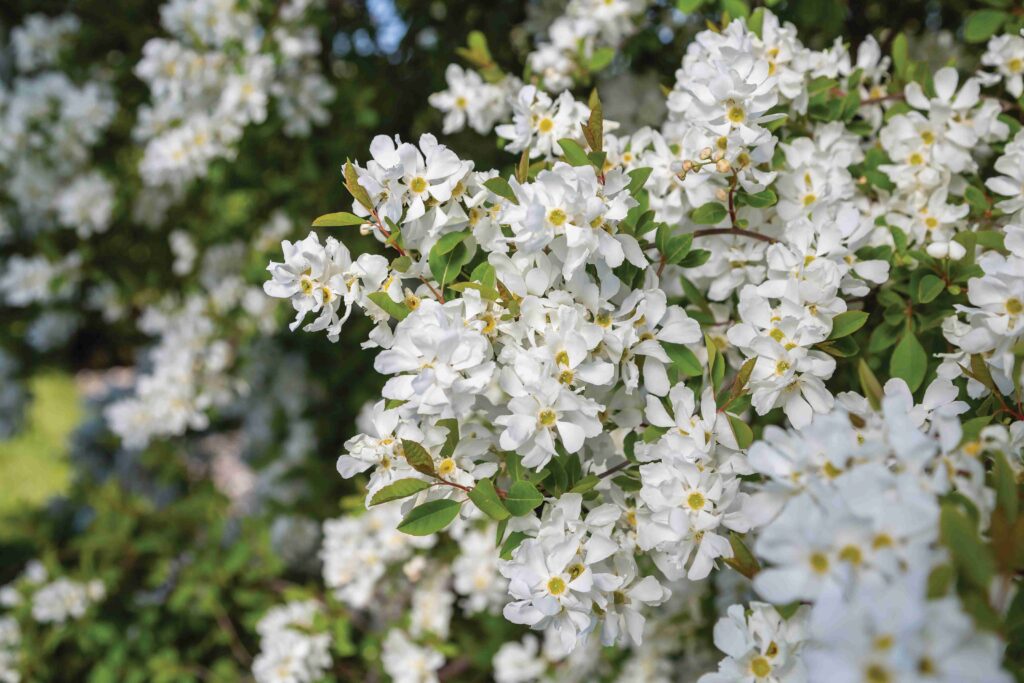
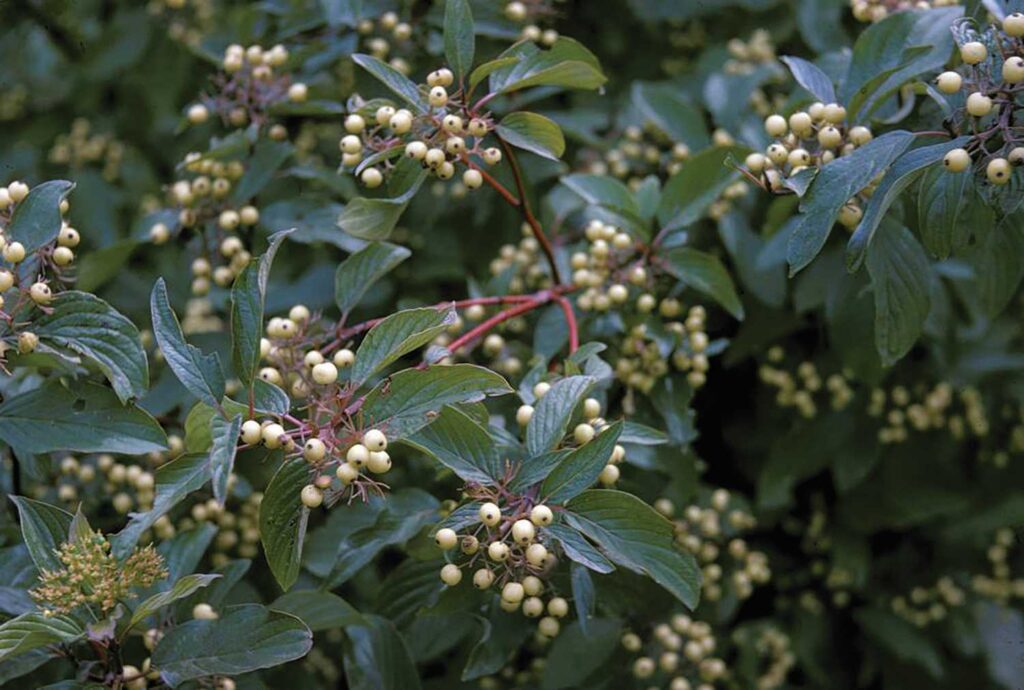
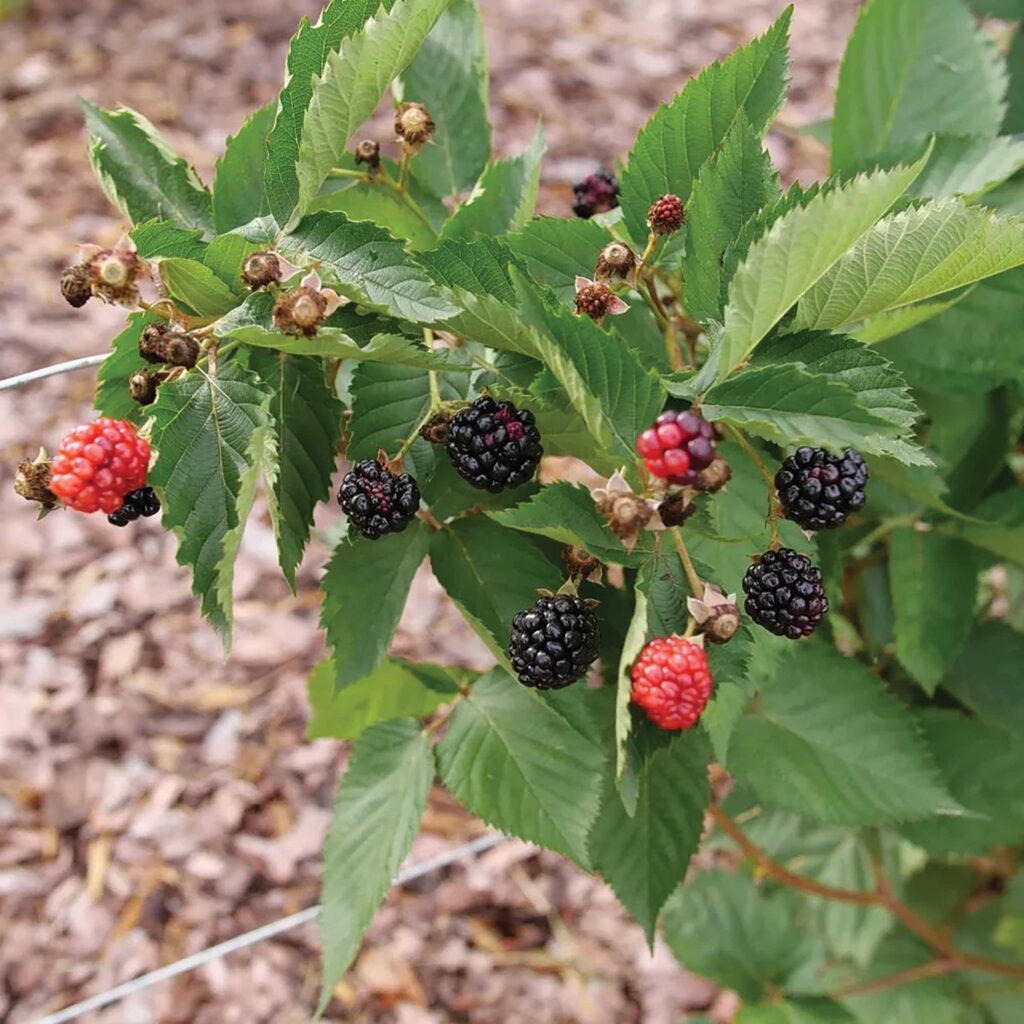
Some new and old favorites
“One of my newest favorites,” said Josh LaPointe, West Coast sales manager for Rio Verde Plantas, “is a blackberry called “Taste of Heaven” by Proven Winners and Spring Meadow Nursery.” He called this thornless variety “supremely delicious.”
He also enjoys elderberries in the garden. “We have started growing elderberry bushes … [at home] as well,” LaPointe said. “These are tasty for birds but we also harvest them to make a little immune system booster that the kids drink each evening.”
Jude Hawley, designer for Farmington Gardens (Farmingtongardens.com) said selecting for blooms, seeds and/or berries year-round creates a garden enjoyed by humans and wildlife.
“Crabapple trees provide food going into winter, as do the native snowberries (Symphoricarpos alba) which usually fruit in November,” she said. Red-twig dogwood (Cornus sericea) whose white summer flowers, fall berries, and even its twigs are a one-stop wildlife buffet.
Bailey’s Charais found it hard to pick favorites but called out Fiber Optics®, a compact selection of the native buttonbush, with “tremendous wildlife benefits including nectar-filled flowers and a seed head that is eaten by waterfowl,” and Lotus Moon™ Pearlbush (Exochorda) which can shelter nesting birds.
Erica Browne Grivas is an award-winning journalist and gardener pushing zone boundaries in Seattle, Washington. She can be reached at EBGrivas@Gmail.com.

